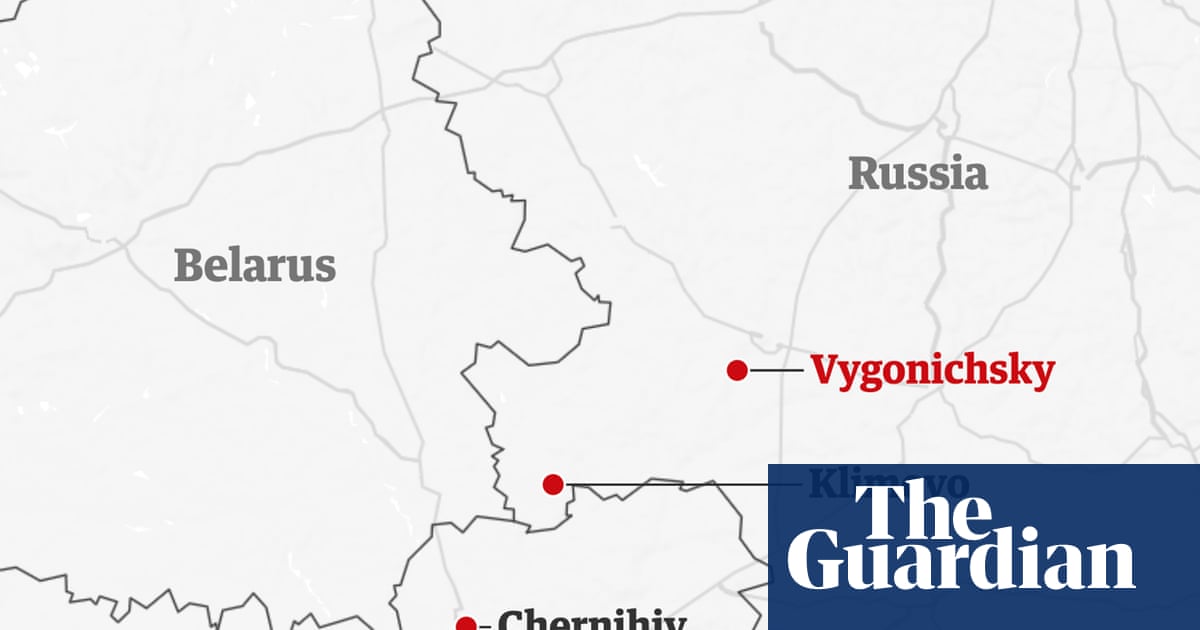A passenger train derailed in westernRussialate on Saturday after a bridge above collapsed and fell on to the tracks, killing several people.
Officials said at least seven people were killed and 30 were hospitalised in Vygonichskyi in Russia’s Bryansk region, which borders Ukraine. Russian Railways blamed “the collapse of a span structure of the road bridge as a result of an illegal interference in the operation of transport”.
Russia’s federal road transportation agency, Rosavtodor, said the destroyed bridge passed above the railway tracks where the train was travelling. Among those killed was the locomotive driver, Russian state news agencies reported, citing medics.
Photos posted by government agencies appeared to show passenger cars from the train ripped apart and lying amid fallen concrete from the collapsed bridge. Other footage on social media appeared to be taken from inside vehicles that narrowly avoided driving on to the bridge before it collapsed, the Associated Press said.
The Russiansocial media channels Baza and Shot, which often publish information from security service sources, said the train crashed into the collapsed bridge. Baza reported, without providing evidence, that according to preliminary information the bridge was blown up. Reuters said it could not independently verify the Baza and Shot reports. There was no immediate comment from Ukraine.
The train was going from the town of Klimovo to Moscow, Russian Railways said. It collided with the collapsed bridge in the area of a federal highway in the Vygonichskyi district of the Bryansk region, said Alexander Bogomaz, the governor of the Bryansk region. The district lies 100km (62 miles) from the border with Ukraine.
Since the full-scale Russian invasion of Ukraine in February 2022 there have been continued cross-border clashes including shelling, drone and missile strikes, and covert raids from Ukraine into the Bryansk, Kursk and Belgorod regions.
The Bryansk regional governor, Alexander Bogomaz, said seven people died and two children were among the 30 injured. “Everything is being done to provide all necessary assistance to the victims.”
With Reuters and Agence France-Presse
